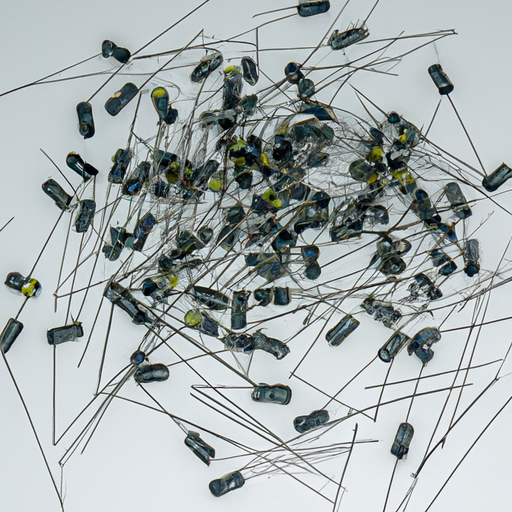电阻器4行业现状怎么样?
System
Sep 26
0
电阻器行业的当前状况是什么?
I. 引言
电阻器是电子电路的基本组成部分,其关键功能是控制电流的流动。通过提供电阻,它们有助于管理电压水平,保护敏感组件,并确保设备的正常运行。电阻器行业在更广泛的电子市场扮演着至关重要的角色,近年来随着电子设备在各个领域的需求激增,该市场经历了指数级增长。本文旨在概述电阻器行业的当前状况,探讨市场趋势、技术进步、关键企业、应用、挑战和未来展望。
II. 电阻器市场概述
A. 市场规模和增长趋势
全球电阻器市场经历了显著增长,到2023年其估值达到大约30亿美元。历史增长率平均每年约5%,受到电子设备需求的上升和智能技术的普及推动。未来预测表明,市场预计将继续扩大,估计在未来五年内的复合年增长率(CAGR)为6%。
B. 电阻器市场的主要细分
电阻器市场可以分为几个类别:
1. **固定电阻器**:这是最常见的类型,提供一个恒定的电阻值。它们广泛应用于各种应用中,从消费电子到工业机械。
2. **可变电阻器**:也称为电位器,用户可以调整这些电阻器的电阻水平。它们常见于音频设备和可调电源供应器。
3. **特殊电阻器**:这一类别包括高精度电阻器、功率电阻器以及为特定应用(如汽车或医疗设备)设计的电阻器。
C. 市场的地理分布
电阻器市场在地理上具有多样性,各个地区均有显著贡献:
1. **北美**:拥有多家领先制造商,北美因其先进的技术行业和高电子设备需求而成为关键市场。
2. **欧洲**:欧洲市场以创新和可持续性为重点,许多公司投资于环保型电阻器技术。
3. **亚太地区**:这是电阻器最大的市场,受到中国、日本和韩国等国家的电子制造业迅速增长的推动。
4. **其他地区**:拉丁美洲和中东等新兴市场也开始显示出对电阻器的增长需求,随着这些地区的电子行业发展。
III. 技术进步
A. 电阻器设计和材料的创新

